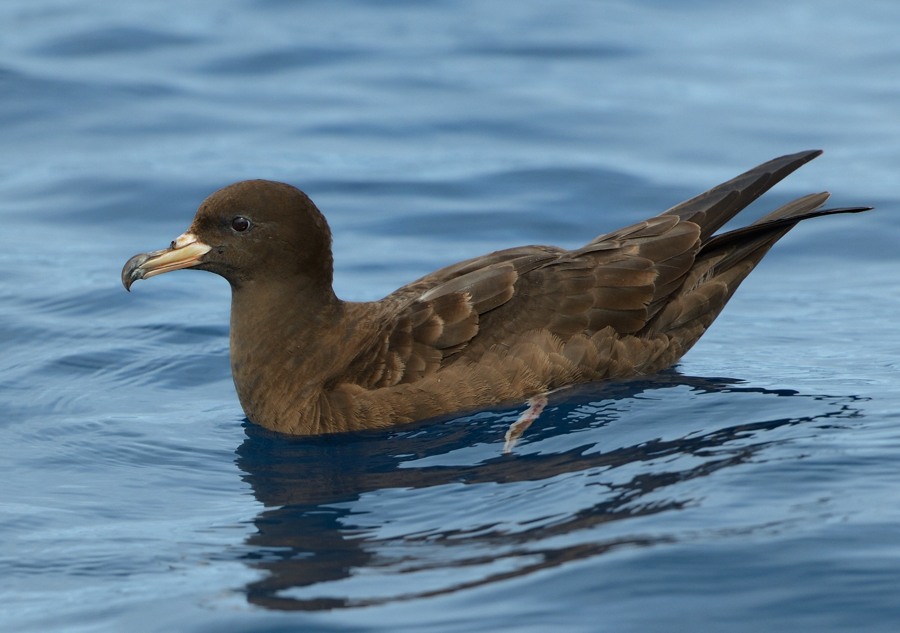
Alex Bond (Natural History Museum, Tring, UK) and Jenn Lavers have assessed historical changes in cadmium, mercury, and lead levels in feathers of Flesh-footed Shearwaters Ardenna carneipes, a potential candidate for ACAP listing, in the journal Environmental Pollution.
The paper’s abstract follows:
“Contamination of diverse environments and wild species by some contaminants is projected to continue and increase in coming decades. In the marine environment, large volumes of data to assess how concentrations have changed over time can be gathered from indicator species such as seabirds, including through sampling feathers from archival collections and museums. As apex predators, Flesh-footed Shearwaters (Ardenna carneipes) are subject to high concentrations of bioaccumulative and biomagnifying contaminants, and reflect the health of their local marine environment. We analysed Flesh-footed Shearwater feathers from Australia from museum specimens and live birds collected between 1900 and 2011 and assessed temporal trends in three trace elements of toxicological concern: cadmium, mercury, and lead. Concentrations of cadmium increased by 1.5% per year (95% CI: +0.6, +3.0), while mercury was unchanged through the time series (−0.3% per year; 05% CI: -2.1, +1.5), and lead decreased markedly (−2.1% per year, 95% CI: -3.2, −1.0). A reduction in birds’ trophic position through the 20th century, and decreased atmospheric emissions were the likely driving factors for mercury and lead, respectively. By combining archival material from museum specimens with contemporary samples, we have been able to further elucidate the potential threats posed to these apex predators by metal contamination.”

Flesh-footed Shearwater at sea, photograph by Kirk Zufelt
Reference:
Bond, A.L. & Lavers, J.L. 2020. Biological archives reveal contrasting patterns in trace element concentrations in pelagic seabird feathers over more than a century. Environmental Pollution doi.org/10.1016/j.envpol.2020.114631.
John Cooper, ACAP Information Officer, 03 May 2020

 English
English  Français
Français  Español
Español